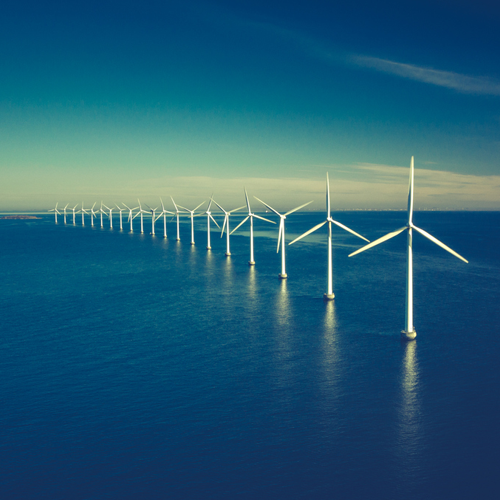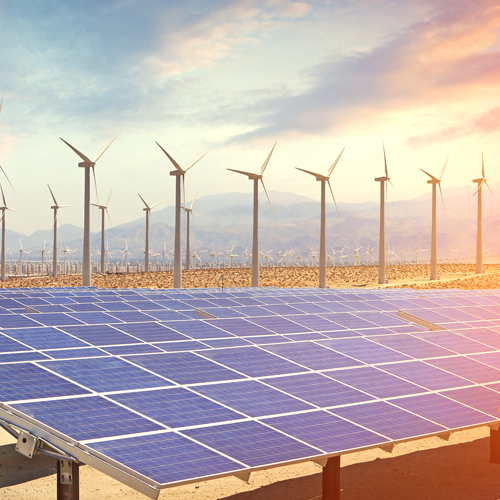Cheaper renewable energy, thanks to varied storage

Renewable energy—that is, usable energy generated from naturally recurring processes—is the much-needed way of the future. Even positive changes come at a cost, however, and economic concerns about the transition to renewables are often cited as barriers to going forward. Keeping costs at bay and facilitating a more varied power supply are both enabled by intelligent energy storage.
A new study from the US-based National Renewable Energy Laboratory (NREL) suggests that a combination of storage technologies could help facilitate a cost-optimized future for renewables. Importantly, the study noted that no single technology can be a “one and done” solution to all our energy storage needs.
Titled “Optimal energy storage portfolio for high and ultrahigh carbon-free and renewable power systems,” and published in Energy & Environmental Science, the study was led by Omar J. Guerra with co-authors Joshua Eichman and Paul Denholm. It compared energy storage solutions across the United States and found that a number of factors, including geographic variation, can shape an energy storage portfolio. In examples given by the NREL, “the California Independent System Operator (CAISO) grid is solar-driven, discharging seasonal storage for around 50 days to cover winter months in the model, whereas the wind-driven Midcontinent Independent System Operator (MISO) could deploy shorter-duration seasonal storage (but still much longer than most currently deployed storage technologies) with capacity of 5–14 days.”
The study found multiple technologies to be useful because storage solutions face trade-offs in efficiency and capital costs in both the power and energy areas. For example, while short-term storage technologies such as Li-ion batteries are highly efficient, they have higher energy-driven costs; longer-term storage technologies such as pumped thermal cost less but are also less efficient.
Time of year is also a factor to consider. Guerra and his team found that as a system nears 100 percent renewable status, a growing portion of its storage portfolio would benefit from multi-day to seasonal storage capacity. This can be attributed to seasonal mismatch between the remainder of the load and the renewable resource supply.
Key takeaways
The crucial message for the power industry found in this study is that an optimal energy storage portfolio might vary widely from one region to another, as well as with the percentage of renewables. Stakeholders looking toward the future should be aware of how different storage technology solutions will work with their systems.






